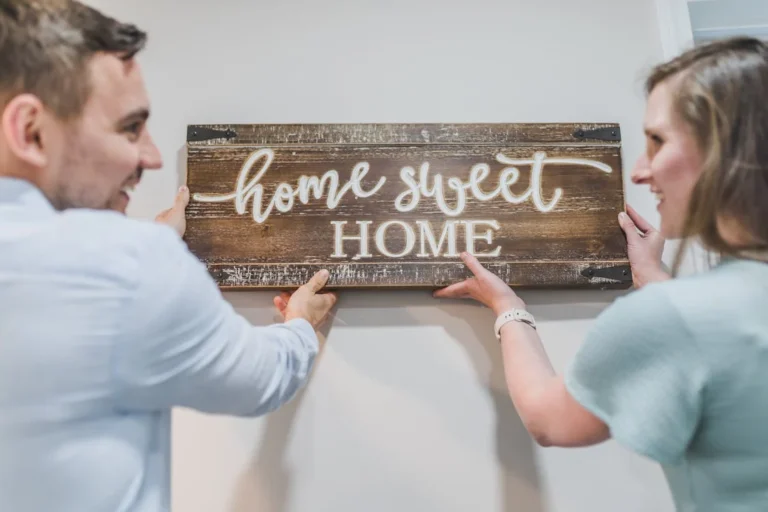Since his recent death, Prince Philip has been remembered around the world as a model of service and a loyal and loving husband. His more than seven decades in the public eye as a member of the Royal Family leaves many feeling that a beloved member of their own family has passed. Forbes’ recent article entitled “What Prince Philip’s Death Shows Us About The Importance Of End-Of-Life Planning” says that in his case, as an important state figure, it was a requirement. In many ways, the ritualistic nature of that plan is letting everyone remember the Prince and all he achieved. Prince Philip’s end-of-life-planning led to a successful outcome for the Prince and his family.
While this type of planning might only seem appropriate for royalty, it is actually something that all of us can do with our estate planning. Specifically, our health care directives can help us with end-of-life planning and funeral planning.
Even with the importance of these documents, The Palliative and Advanced Illness Research Center at Penn Medicine found in a 2017 study that only 33% of all Americans have such a document for end-of-life care.
Directive for Final Wishes. A health care directive is a legal document that lets you designate a person to make medical decisions for you, if you’re incapacitated. At death, it also gives the agent the ability to manage the decisions regarding the body.
Most of us think of health care directives in terms of pain relief and interventions. However, Prince Philip’s passing serves as an example of additional features that can be added to a health care directive. Prince Philip was able to die at home in Windsor Castle. In the last two months of his life, he spent a lot of time in the hospital. After his death, it was revealed that his final wish was to die at home, and that wish was fulfilled. You can do the same thing with your health care directive.
Creation of A Funeral Plan. A health care directive can help design a funeral plan, and these directions can include a variety of instructions, like the type of religious service, hymns and speakers at the funeral. No matter what the wishes, having these detailed plans can help the family grieve and honor the deceased’s last wishes. They can also alleviate potential family tensions about what the plans should be.
Creating a health care directive is a straightforward process. Every state has some version of this form for residents to fill out to state their wishes for end-of-life planning. Minnesota’s health care directive form is found under Minn. Stat. Section 145C.16.
Reference: Forbes (April 13, 2021) “What Prince Philip’s Death Shows Us About The Importance Of End-Of-Life Planning”











